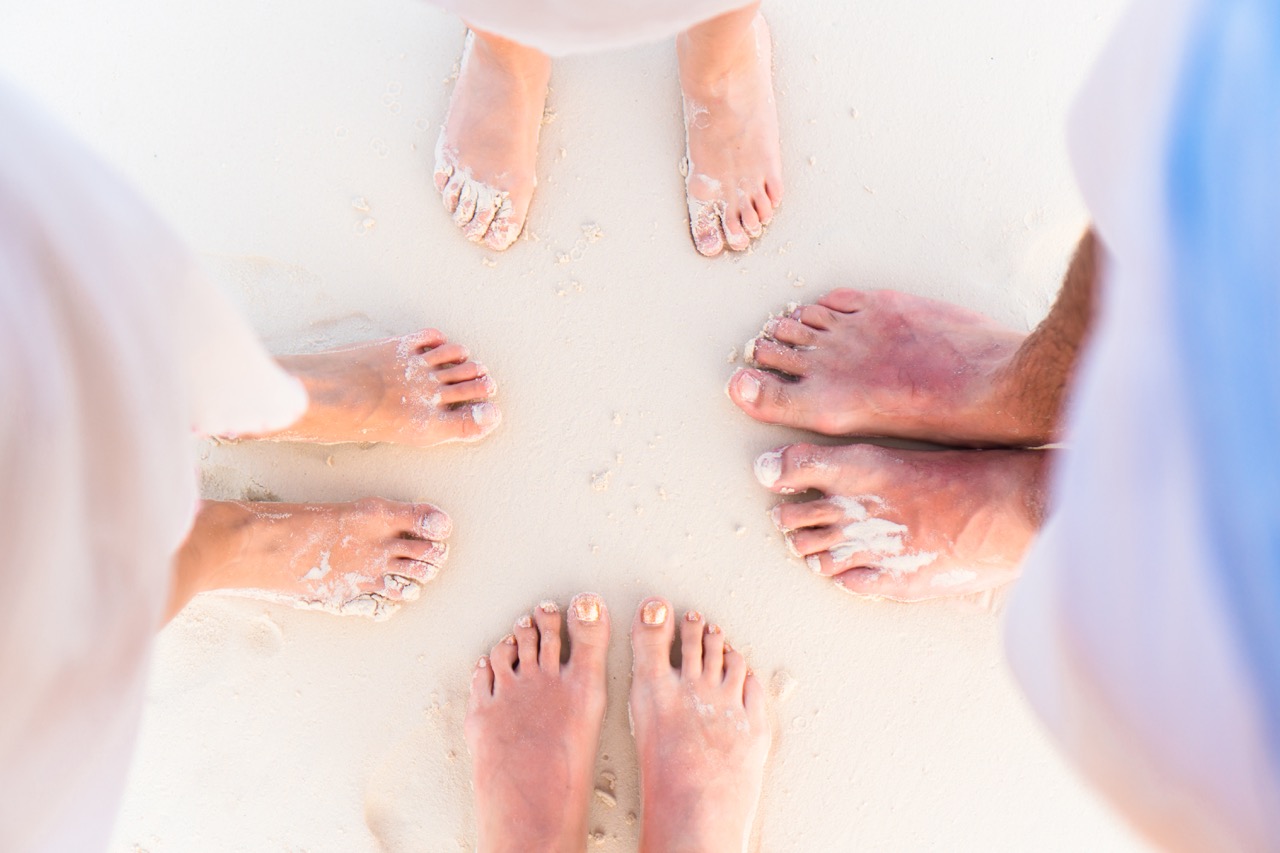How Do I Choose The Right Shoes For A 5k?

Choosing the right shoes for a 5K race can significantly impact your performance, comfort, and overall experience on race day. With various options available, it’s essential to understand your foot type and gait, recognize key features of running shoes, ensure proper fit and comfort, and evaluate different shoe brands and models. This guide will equip you with the knowledge needed to select the ideal footwear for your next 5K.
Understanding Your Foot Type and Gait for Running Shoes
Before selecting a pair of running shoes, it’s crucial to assess your foot type and gait. The three primary foot types are neutral, overpronated, and supinated. Neutral feet have a balanced arch that promotes efficient running, while overpronated feet roll inward excessively, leading to potential injuries. Supinated feet, or underpronated, have a high arch and may not absorb shock properly. Identifying your foot type will guide you toward shoes that offer adequate support and cushioning.
Next, observing your gait while running helps pinpoint specific needs in a shoe. A gait analysis can be conducted at many specialty running stores, where experts evaluate how your feet interact with the ground. Look for signs of wear on your current running shoes to identify your gait tendencies. This analysis will inform your decision on whether you need a stability shoe, which provides extra support for overpronators, or a neutral shoe for those with a balanced stride.
Finally, consider your running habits. If you have previous injuries or specific discomforts, make a note of these issues. This personal history will play a pivotal role in selecting the right shoe. Certain shoe features are designed to alleviate issues like plantar fasciitis or shin splints. By understanding your foot type and gait, you can make an informed decision and enhance your running experience.
Key Features to Look for in 5K Running Shoes
When selecting shoes for a 5K, several key features can enhance your running experience. First, cushioning is critical, especially for shorter races where speed and comfort are essential. Look for shoes that provide a good balance of cushioning and responsiveness. Materials such as EVA foam or gel inserts can absorb impact while still allowing for quick transitions from heel to toe.
Another feature to consider is the shoe’s weight. Lightweight shoes can offer a speed advantage, enabling faster times during the race. However, it’s important not to sacrifice support for weight; look for minimalist options that still provide essential features without the bulk. Shoes designed specifically for racing tend to be lighter and are often built with faster-paced runs in mind.
Lastly, traction and grip are vital for stability, especially if your 5K route includes uneven surfaces or variable weather conditions. Outsoles made from durable rubber with a good lug pattern can enhance grip on different terrains. Additionally, consider if the shoe offers flexibility to adapt to your running style while still providing support where necessary. Balancing these features will lead to a more successful race experience.
The Importance of Proper Fit and Comfort in Footwear
Proper fit is paramount when selecting running shoes, as ill-fitting footwear can lead to injuries and discomfort. Make sure to try on shoes at the end of the day when your feet are slightly swollen, mimicking the conditions during your run. Ensure there is a thumb’s width of space between your longest toe and the front of the shoe, which provides room for movement without causing friction.
In addition to size, the shape of the shoe should correspond with that of your foot. Brands often cater to different foot shapes, including wide and narrow options. While trying on shoes, walk or jog around the store to assess how they feel in motion. Pay attention to areas of tightness or pinching, as these can indicate that the shoe is not suitable for your foot type.
Comfort is not just about size and shape; it also includes the materials used in the shoe’s construction. Breathable mesh uppers, for instance, provide ventilation and keep your feet cool, while cushioned insoles offer support. Consider using moisture-wicking socks to enhance comfort further. A well-fitted, comfortable shoe will not only help prevent blisters and hot spots but will also allow you to focus on your performance during the race.
Evaluating Shoe Brands and Models for 5K Racing
In the crowded market of running footwear, various brands stand out for their quality and performance. Researching reputable brands known for their running shoes can simplify your decision-making process. Brands like Nike, Asics, Brooks, and Saucony have established a solid reputation for producing reliable running shoes suitable for different foot types and conditions.
When exploring specific models, pay attention to customer reviews and expert recommendations. Online platforms and running forums can provide valuable insights from other runners regarding the shoe’s performance, durability, and comfort. Often, brands will have a flagship model designed specifically for racing, which you may want to consider for a 5K event.
Lastly, don’t hesitate to visit local running specialty stores to try on different brands and models. Knowledgeable staff can provide personalized recommendations based on your foot type and running style. Take the time to compare options and find the right balance of features that suit your personal needs. Investing in the right footwear can contribute significantly to a successful and enjoyable 5K race.
Selecting the right shoes for a 5K race is a crucial decision that can enhance both your performance and enjoyment of the event. By understanding your foot type and gait, recognizing the key features to look for, ensuring proper fit and comfort, and evaluating different brands and models, you can make an informed choice. Take the time to find the perfect pair of shoes that feel like an extension of your feet, and you’ll be better prepared to tackle the challenges of race day. Happy running!




